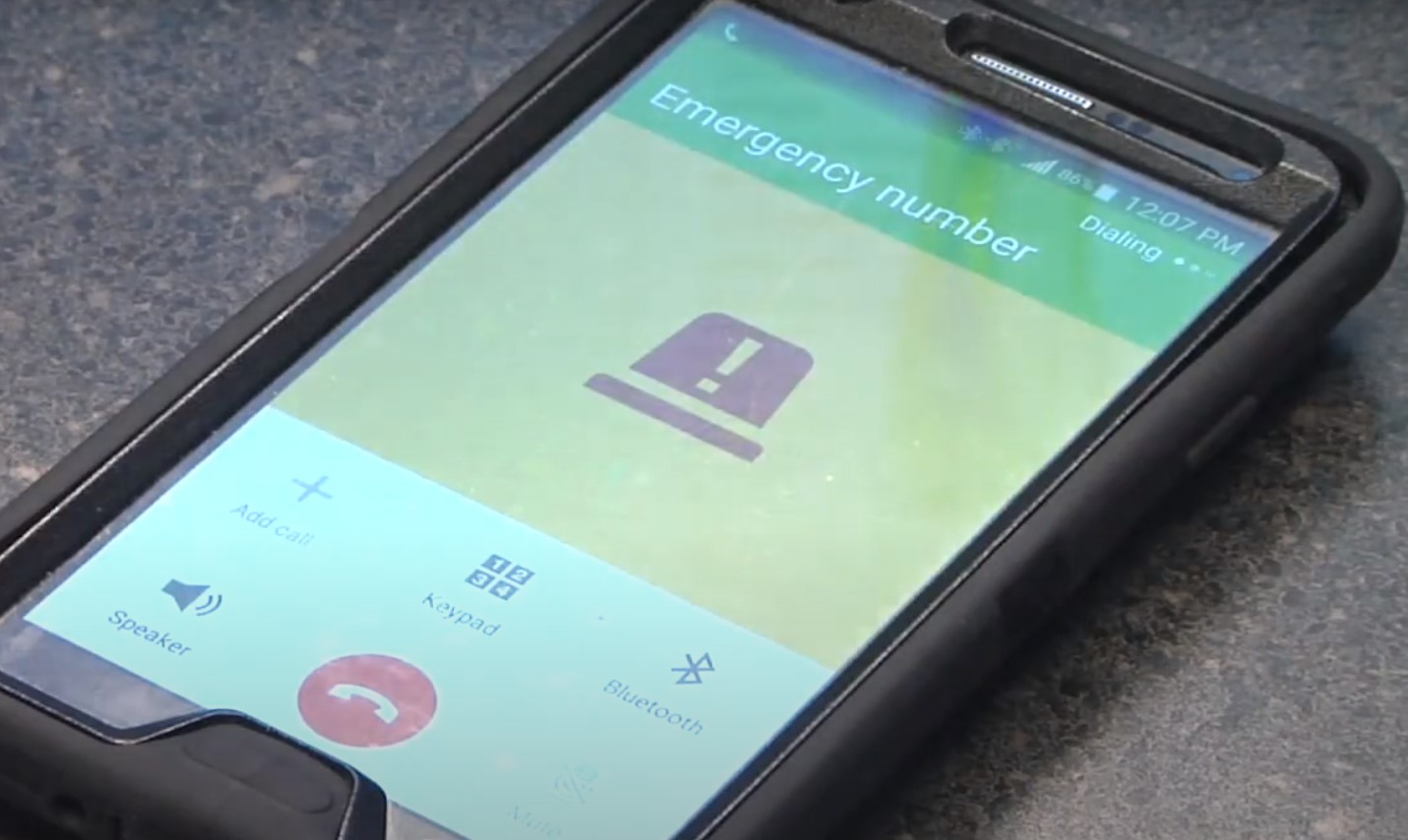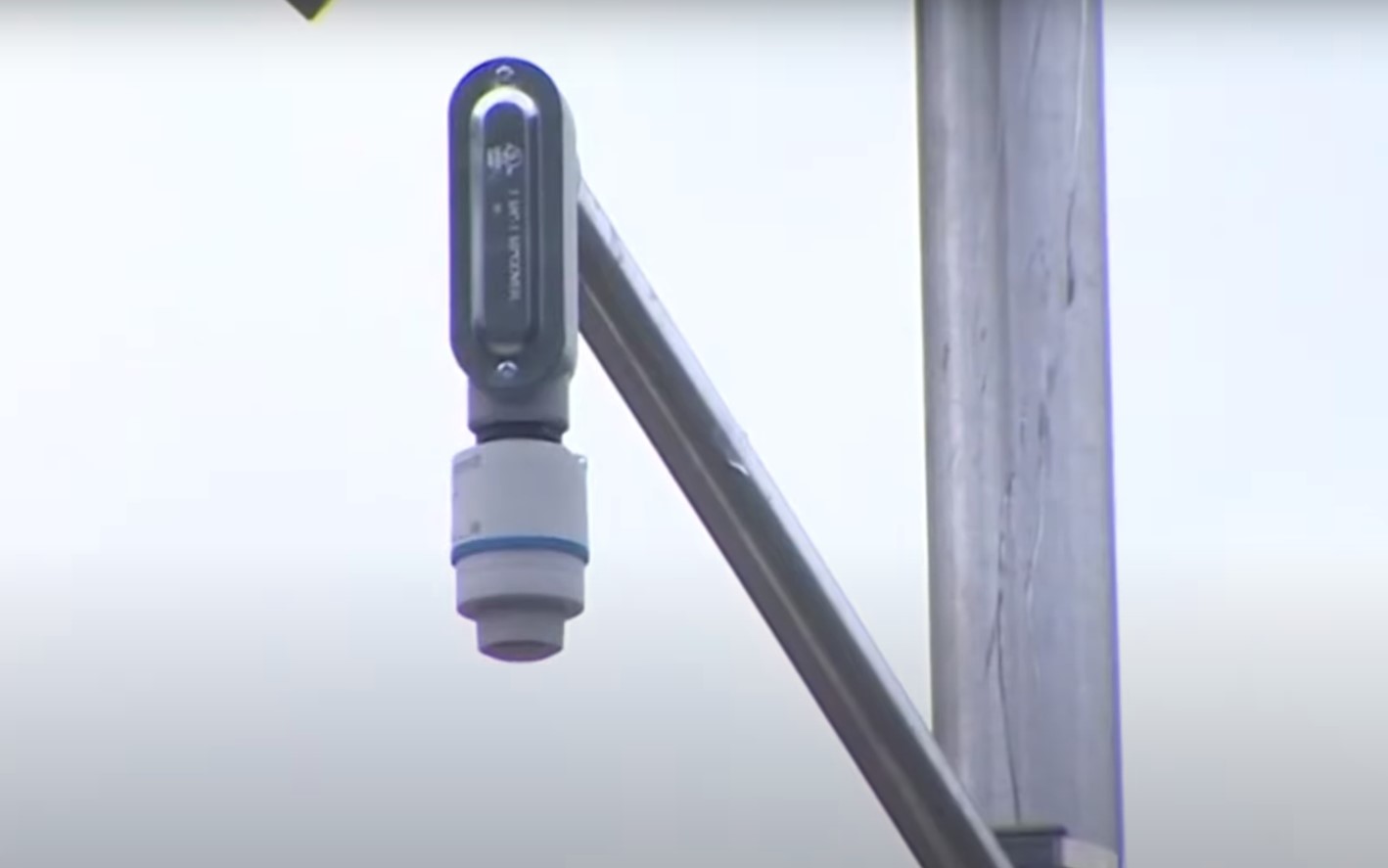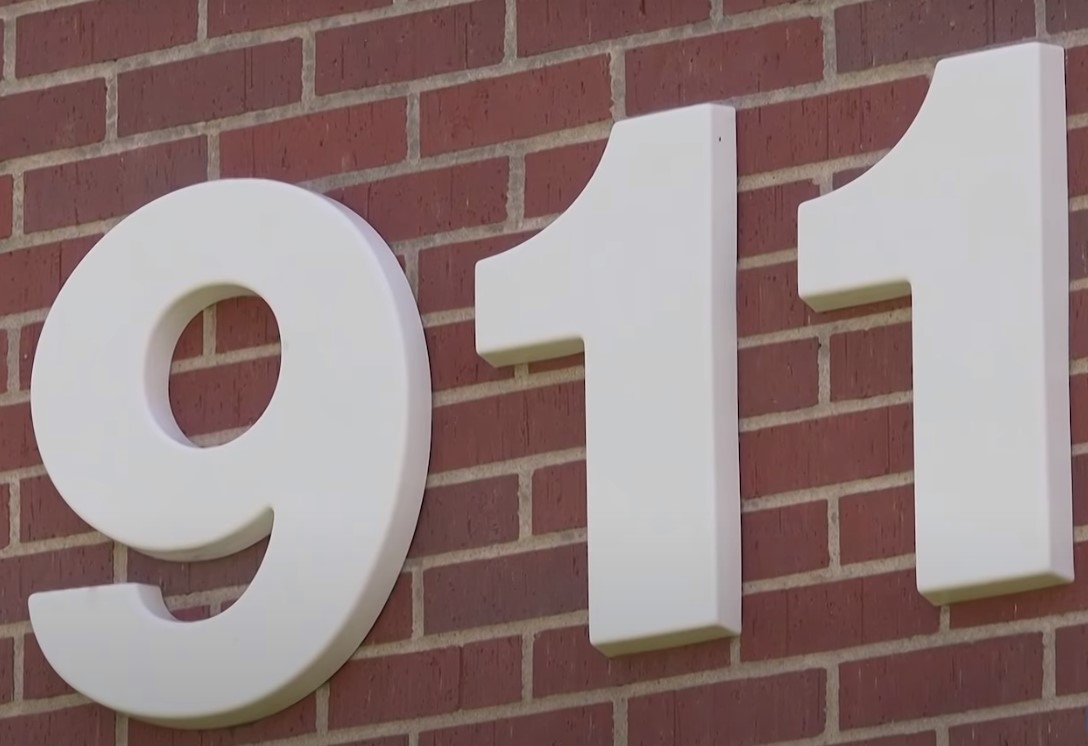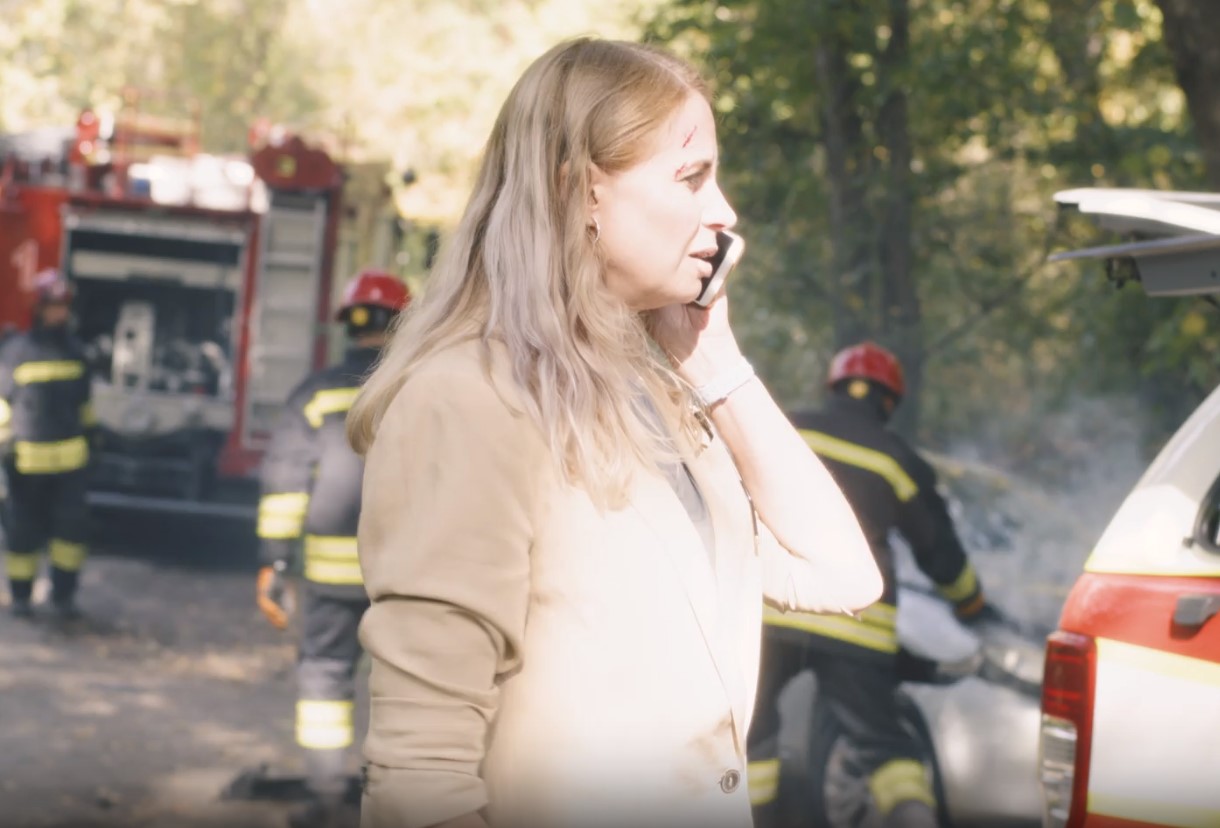In an emergency, reaching out for help is crucial. But what if you find yourself in a situation with no cell service? Is calling 911 still possible? I will share some important details about this topic in the following article.
Key Takeaways
- 911 Calls Without Service: Even if your phone shows ‘No Service’ or you don’t have a SIM card, you can still call 911.
- Innovations in Emergency Communication: Incident Command and Control System (ICCS) and the integration of emergency systems with access control and surveillance have revolutionized crisis response.
- Continual Development: Advanced Mobile Location (AML) greatly improves location accuracy for emergency calls. The shift to Next Generation 911 (NG911) represents a move to a digital system supporting multimedia communication, enhancing response efficiency.
You can Call 911 Even Without a SIM card

In situations where your phone shows ‘No Service,’ it’s not the end of the road for emergency calls. Your mobile device is designed to bypass normal service restrictions in an emergency.
This means if your network provider has no coverage in your area, your phone can still connect to any available network to place a 911 call.
It cab be a lifesaver, particularly in areas where your provider’s signal is weak or non-existent. It’s important to understand that this capability is not just a convenience but a critical aspect of mobile communication technology, designed to ensure that you can reach emergency services regardless of your network provider’s coverage.
International Standards
Globally, there are standards in place to ensure you can connect to emergency services even with a malfunctioning SIM card or without a SIM card at all.
In countries like the United States and England, regulatory frameworks mandate that mobile phones must be able to make emergency calls regardless of the SIM card’s status.
This policy underscores the importance placed on public safety and emergency response. However, if there is absolutely no network coverage by any service provider, it’s a different scenario. Your phone, in this case, cannot make calls, including emergency ones.
| Country | Emergency Number | No SIM Card Capability | Cross-Network Connectivity | Notes |
|---|---|---|---|---|
| United States | 911 | Yes | Yes | Emergency calls possible without SIM card. |
| United Kingdom | 999, 112 | Yes | Yes | Can make emergency calls without SIM or with inactive SIM. |
| Canada | 911 | Yes | Yes | Supports emergency calls on different networks. |
| Australia | 000 | Yes | Yes | Emergency calls enabled without SIM. |
| India | 112 | Yes | Yes | Allows emergency calls on any available network. |
Latest Innovations in Communication and Their Positive Impact
I’ve been closely following the advancements in emergency communication systems. Recently, there have been significant strides in this area, shaping how we respond to crises.
Innovations in Emergency Communication Systems

One fascinating development is the Incident Command and Control System (ICCS) by EMERgency24. This system allows for differentiated messaging to various groups, making it highly effective in scenarios like active shooter alerts or fire emergencies.
Such advancements are not just about sending alerts; they’re about sending the right information to the right people at the right time.
Integration with Access Control and Surveillance
Another key advancement is the integration of emergency communication systems with access control and video surveillance.
For instance, new intercoms like Zenitel Americas’ VR3G-1 and VR3G-1P are equipped with tamper switch alarms, enhancing security by alerting operators of potential issues.
The integration results in faster response times and more comprehensive information for first responders, contributing to better situational awareness and emergency management. That is especially important for parts of the US with a higher crime rate.
Mass Notification Systems and Real-time Monitoring
The Genesis LED Mass Notification system by Edwards is another standout innovation. Blending cutting-edge audio technology with visual notifications, this system enhances the clarity and effectiveness of emergency messages.
Moreover, with applications like ConnectedSafety+ and Kidde Commercial KESMobile, there’s a move towards real-time remote system monitoring, providing instantaneous data and actionable insights for emergency response.
How AI is Making a Difference?

The role of increased connectivity, especially in field devices like microphones, speakers, and call boxes, cannot be overstated. The connectivity is crucial for near real-time communication, essential for effective emergency response.
Moreover, the use of AI and machine learning in these systems is revolutionizing how data is processed and used during emergencies, leading to better, quicker insights and improved outcomes.
The key application of AI in this field is Allied Universal’s LISA platform. This AI-driven system enhances the efficiency of security assignments and communications, proving its worth during events like Hurricane Ian, where it facilitated the rapid deployment of over 500 security professionals.
Wireless Emergency Alerts (WEA) System
The advent of emergency messaging apps has significantly transformed emergency communication. A prime example is the Wireless Emergency Alerts (WEA) system integrated into smartphones in the United States.
The system leverages existing cellular networks to transmit critical information in real-time. These apps can send targeted messages to specific affected areas, reducing panic and confusion.
Their integration with national and local emergency systems ensures a more coordinated and effective emergency response. The key feature is that it represents the most advanced disaster-resistant model at the moment.
Advancements in Siren and Alert Systems
Recent technological innovations have significantly improved siren and alert systems. Modern software incorporated into new and existing siren infrastructures has enhanced their effectiveness.
For example, during Hurricane Sandy, the use of social media for real-time emergency updates underlined the growing reliance on such platforms.
Today’s systems, equipped with cellular and satellite networks, can communicate through various means, including tones, text-to-voice, and pre-recorded audio, allowing for more effective and widespread communication.
IoT Sensors for Early Warning Systems

The Internet of Things (IoT) has revolutionized disaster response through its ability to collect and transmit real-time data.
Early warning systems equipped with IoT sensors have become increasingly effective in mitigating the impacts of natural disasters like earthquakes and tsunamis.
These sensors provide accurate data for timely evacuation and response, enabling communities to prepare and take necessary precautions.
The adoption of IoT technology has thus enhanced disaster resilience by facilitating proactive actions based on real-time data.
Further Development of 911 Service

Reflecting on the advancements in 911 services, I am reminded of how technology has continually evolved to enhance emergency response capabilities.
The changes, particularly in 2024, are not only fascinating but also critical in ensuring that help is always within reach in emergencies.
| Advanced Mobile Location (AML) | Utilizes GPS and Wi-Fi data to pinpoint a caller’s exact location. | Significantly reduces response times, potentially saving thousands of lives. |
| Transition to Next Generation 911 (NG911) | A digital, IP-based system replacing the analog infrastructure, supporting multimedia communication. | Creates a faster, more resilient system, improving management of call overloads and disaster response. |
| NG911 Progress Across the U.S. | Many states and localities transitioning to NG911; progress tracked by the National 911 Program. | Modernizes emergency response systems across the country. |
| Introduction of Cloud Services | Cloud-based systems for 911 operations offering redundancy, durability, and cost-efficiency. | Enhances resilience in disaster situations and improves remote dispatch capabilities. |
Advanced Mobile Location (AML) in 911 Services
One of the significant advancements this year has been the implementation of Advanced Mobile Location (AML) in 911 services. Introduced by Apple in 2018, AML harnesses GPS and Wi-Fi chip data to help emergency dispatchers pinpoint a caller’s exact location, sometimes down to the specific room they are in.
This innovation is vital as it significantly reduces response times and has the potential to save thousands of lives annually. Both Apple’s Enhanced Emergency Data (EED) and Android’s Emergency Location Services (ELS) feature this technology, making it available on millions of smartphones.
As someone who loves adventures, especially hiking, I find this system highly valuable since it will make me feel secure while going through some trails where I could face dangerous animals. For example, a rattlesnake on a hiking trip in California.
Transition to Next Generation – NG911
Another crucial development is the shift to Next Generation EC (NG911). This digital, internet protocol (IP)-based system will replace the decades-old analog infrastructure.
This model enhances emergency number services, creating a faster, more resilient system that supports voice, photos, videos, and text messages.
This upgrade is essential for managing call overloads, natural disasters, and optimizing call transfers based on caller location data.
NG911 Progress Across the U.S.
The transition to NG911 is already underway, with many states and localities making significant strides. The National 911 Program works annually with 911 associations to gather information about this nationwide progress.
Their Profile Database provides the latest self-reported data on the states’ advancement towards NG911, showcasing a concerted effort across the country to modernize emergency response systems.
Introduction of Cloud Services
The move towards cloud-based systems for operations has also been noteworthy. The cloud offers redundancy, durability, and cost-efficiency, eliminating single points of failure and ensuring resilience in the face of natural disasters.
This shift allows dispatchers to provide services remotely, even under challenging conditions, and enhances cybersecurity protections, a critical aspect considering the sensitive nature of the data handled by 911 dispatchers.
Challenges in Emergency Communication

A key challenge in emergency communication is interoperability – the ability of emergency responders to work seamlessly with various systems.
Ensuring that communication systems allow multiple public safety organizations to interact is vital. Another issue is public complacency towards emergency warnings. There’s a need for strategies that create urgency among community members before or during emergencies.
FAQs
Can you call 911 on a phone without a SIM?
Yes, you can. Any phone that can connect to a cellular network can call 911, even if it does not have a SIM card or an active service plan.
How do I call 911 from another country?
You cannot. 911 is the emergency number for the United States and Canada only. Other countries have different emergency numbers, such as 112 in Europe, 999 in the UK, and 000 in Australia.
Is 911 free?
Yes, it is. You do not have to pay any fees or charges for calling 911.
Can you Facetime 911?
No, you cannot directly FaceTime 911. FaceTime is an app that only works on Apple devices and it does not support texting to and from U.S. phone numbers. Even if you try to FaceTime 911, the call will be received as a voice call without video by the dispatcher.
Does 911 accept texts?
Yes, but only in certain locations. Text-to-911 is the ability to send a text message to reach 911 emergency call takers from your mobile phone or device. However, not all 911 call centers have this capability and you should always make a voice call to 911 if possible. You can check the list of areas supporting text-to-911 service on the FCC website.
Summary
The evolution of emergency services through technologies like AML, NG911, and cloud systems represents a significant leap forward in emergency communication.
These advancements ensure that individuals can reach help even in the most challenging situations, marking a transformative era for safety and responsiveness in crises.
As technology continues to advance, so too will our ability to effectively manage emergencies, ultimately saving more lives and enhancing public safety.













